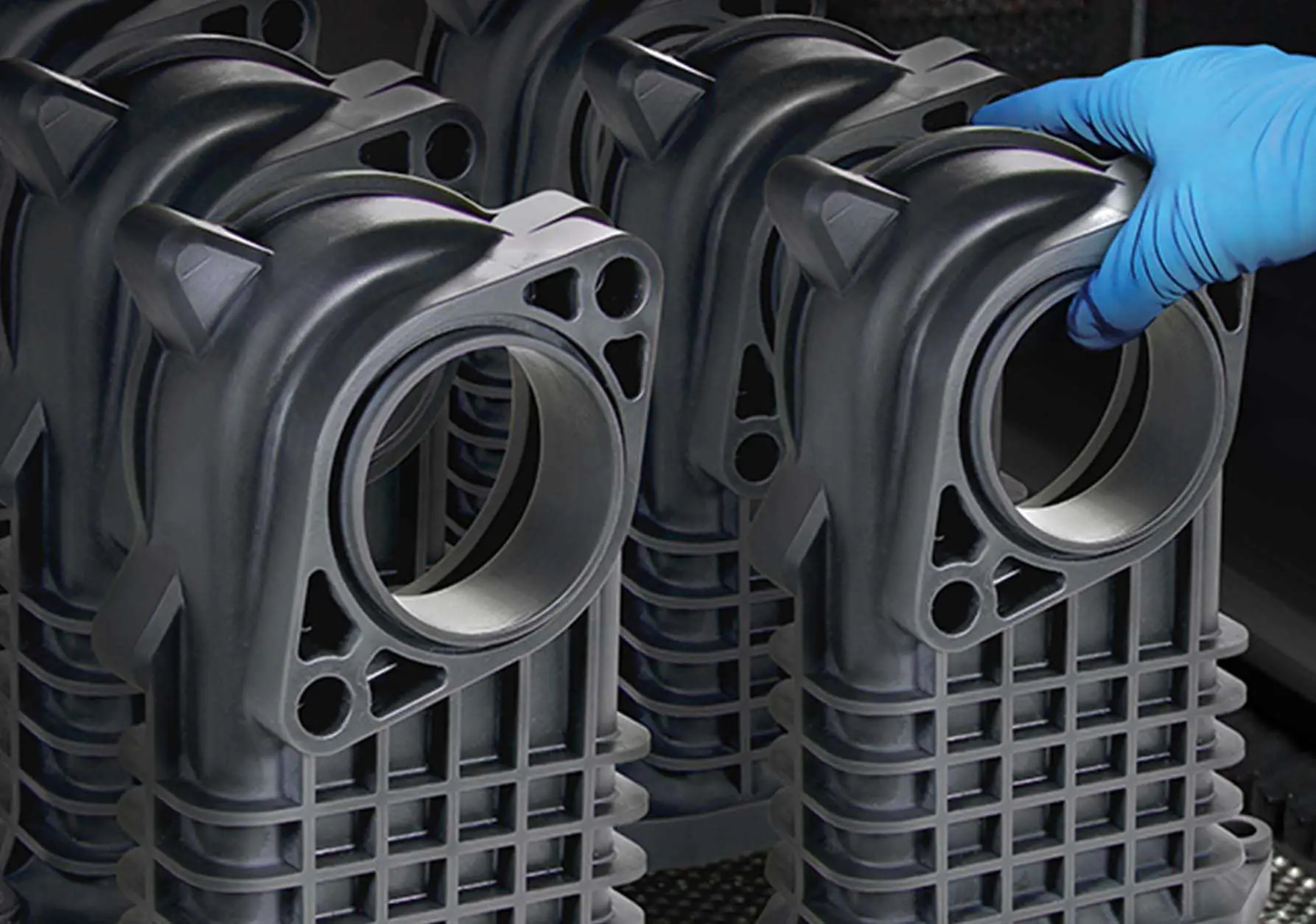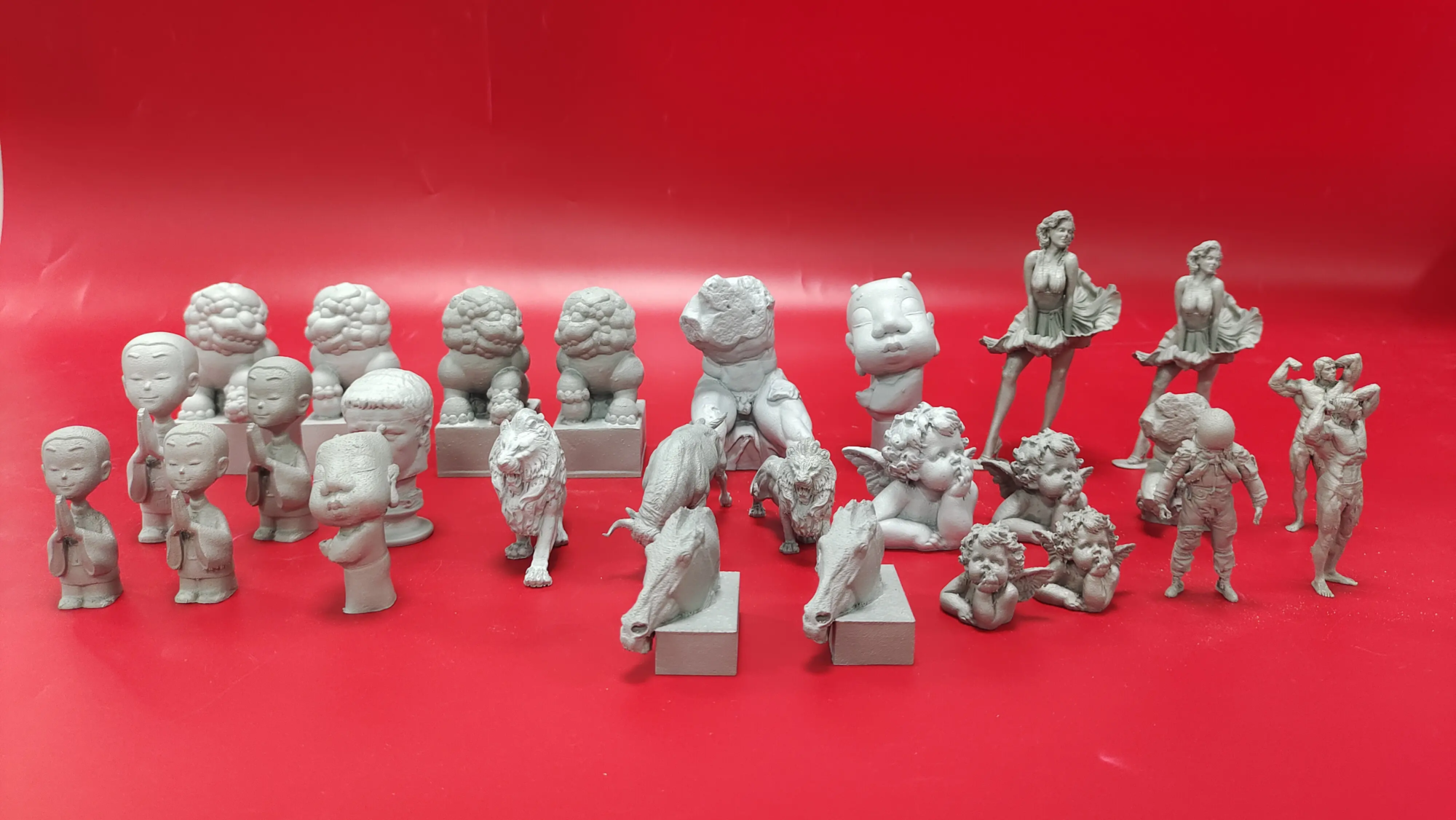According to the resource library, on June 27, 2024, the first batch of 3D printing machines in China was built.Special-shaped wave-absorbing block, four-sided pyramidSuccessfully implemented in Juancheng, Heze City, Shandong Province. During the 2024 flood control allocation exercise organized by the Department of River Affairs, these wave absorbing blocks played a vital supporting role as essential infill materials for flood control and emergency relief. This project was commissioned by the Yellow River Bureau,China Three Gorges University and Wuhan Xiaonan Intelligent Technology Co., Ltd.Common construction.
The head of the owner of the flood control and drought relief headquarters said that the Juancheng wave-absorbing block procurement project was implemented for the first time using 3D printing technology. Compared to traditional throwing blocks, 3D printed wave-absorbing blocksIt has higher production efficiency, reduces labor costs, is green, low-carbon and environmentally friendly, reduces material waste, and does not require templates.. Its surface roughness is higher, which can provide better berm effect.
In addition, after strength testing, the strength of the 3D printed wave-absorbing block fully meets the requirements. As part of the emergency flood control equipment, it effectively supports the flood control and rescue work of the local Yellow River Management Department and plays an important role in ensuring flood safety in the basin .
In fact, the application of 3D printing technology in Chinese water conservation projects goes far beyond. In 2019, Yingchuang Company applied architectural 3D printing technology to the field of waterway regulation for the first time. In the Wujiangtuncun section of the Sushen Outer Port Line of the national high-level waterway, a 432-meter-long secondary bank protection was successfully constructed using 3D printing technology. In 2020, as part of the Suzhou Riverbank Reconstruction Project in Shanghai, part of the coastline used anti-flood walls produced using 3D printing technology. In 2023, the Ruanjiabang Gate Reconstruction Project in Suzhou also used 3D printing technology to create ecological riverbank protection.
With the continuous development and application of 3D printing technology, its potential in water conservation projects is gradually being fully realized. Compared with traditional construction methods, 3D printing can achieve more precise structural design and more complex shape construction, while reducing labor and material waste, which is in line with the concept green environmental protection.





